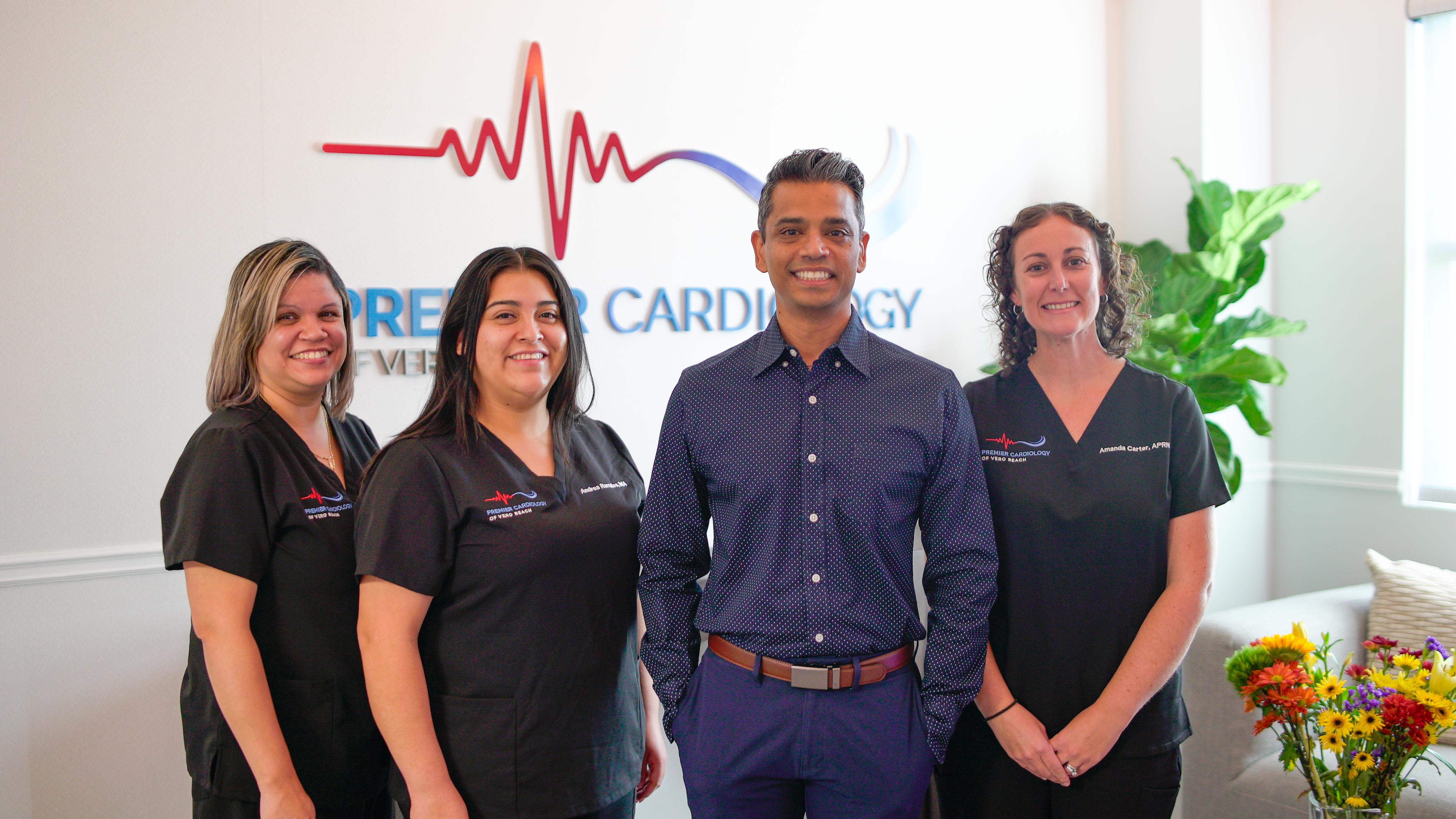Coronary Artery Disease (CAD) is a common heart condition that occurs when the blood vessels supplying the heart become narrowed or blocked. It can lead to chest pain, heart attacks, and other serious complications if left untreated. Fortunately, there are various treatment options available to manage CAD and improve heart health. In this comprehensive guide, we will explore the different treatment options for coronary artery disease to help you make informed decisions about your health.
Treatment Goals for Coronary Artery Disease
Before delving into specific treatment options, it is essential to understand the primary goals of coronary artery disease treatment. The main objectives of CAD treatment include:
Relieve Symptoms
- Reduce chest pain (angina)
- Improve overall quality of life
Prevent Complications
- Prevent heart attacks
- Reduce the risk of stroke
- Minimize the progression of CAD
Non-Invasive Treatment Options
Non-invasive treatment options are often recommended as the first line of defense for managing coronary artery disease. These treatments do not involve surgery and are generally effective in relieving symptoms and improving heart health.
Lifestyle Changes
- Healthy diet low in saturated fats and cholesterol
- Regular exercise
- Smoking cessation
- Weight management
- Stress management techniques
Medications
- Cholesterol-lowering medications (statins)
- Blood pressure medications
- Antiplatelet drugs
- Nitroglycerin for chest pain
Invasive Treatment Options
If non-invasive treatments are not effective in managing coronary artery disease, invasive procedures may be recommended. These interventions involve medical procedures to improve blood flow to the heart and prevent further complications.
Angioplasty and Stenting
Angioplasty is a procedure that involves inflating a small balloon in the blocked artery to widen it and restore blood flow. Often, a stent (a small mesh tube) is placed in the artery to help keep it open.
Coronary Artery Bypass Grafting (CABG)
CABG is a surgical procedure that involves creating new pathways for blood to flow to the heart muscle by using a healthy blood vessel from another part of the body. This surgery is usually recommended for severe cases of coronary artery disease.
Emerging Treatment Options
Ongoing research and advancements in medical technology have led to the development of new treatment options for coronary artery disease. These innovative approaches aim to provide more effective and less invasive solutions for managing CAD.
Robotic-Assisted Surgery
Robotic-assisted surgery allows for more precise and minimally invasive procedures for treating coronary artery disease. This technology can result in faster recovery times and reduced risk of complications.
Gene Therapy
Gene therapy is a promising approach for treating coronary artery disease by targeting the underlying genetic factors that contribute to the condition. This personalized treatment may offer long-term benefits for managing CAD.
Conclusion
Coronary artery disease is a serious condition that requires timely and appropriate treatment to prevent complications and improve heart health. By understanding the various treatment options available, you can work with your healthcare provider to develop a comprehensive treatment plan that meets your individual needs. Whether through lifestyle changes, medications, or invasive procedures, managing CAD effectively can help you lead a healthier and fulfilling life.
